Ogyen Choling Manor (2)
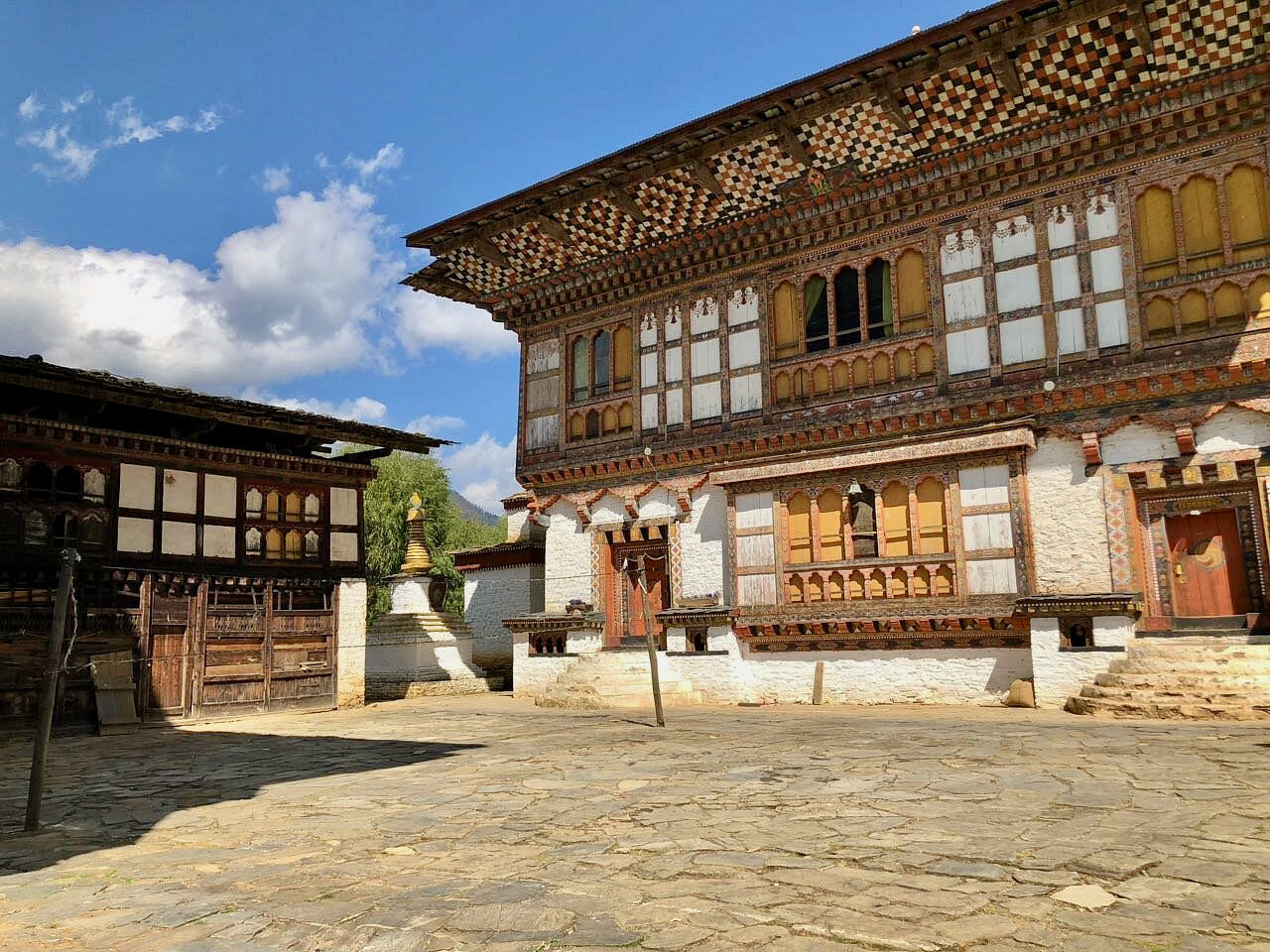

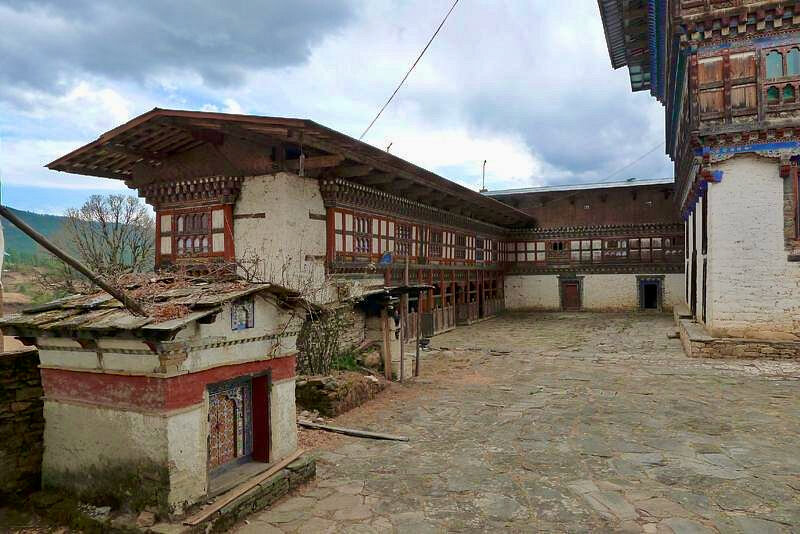

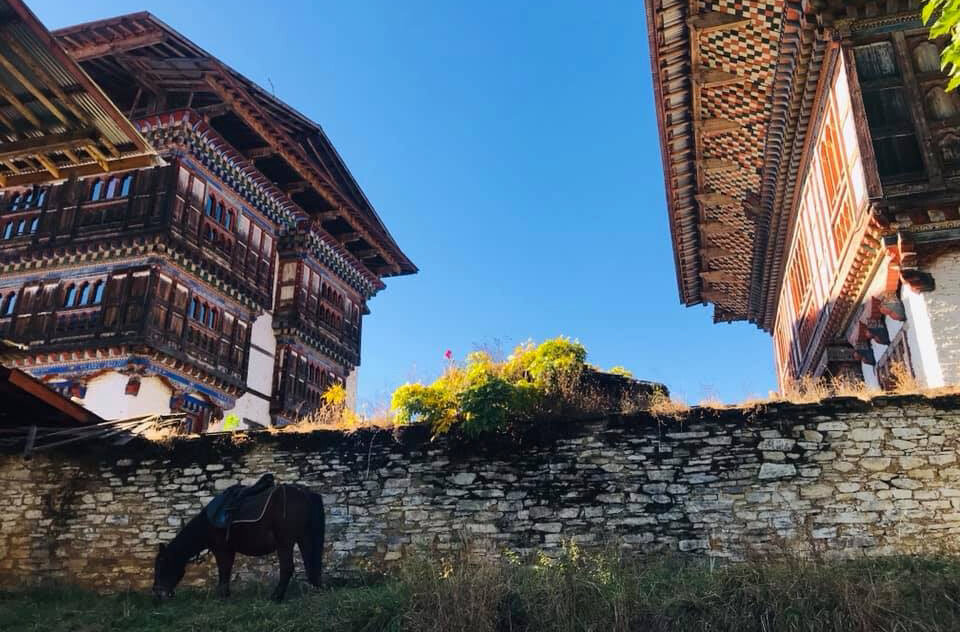




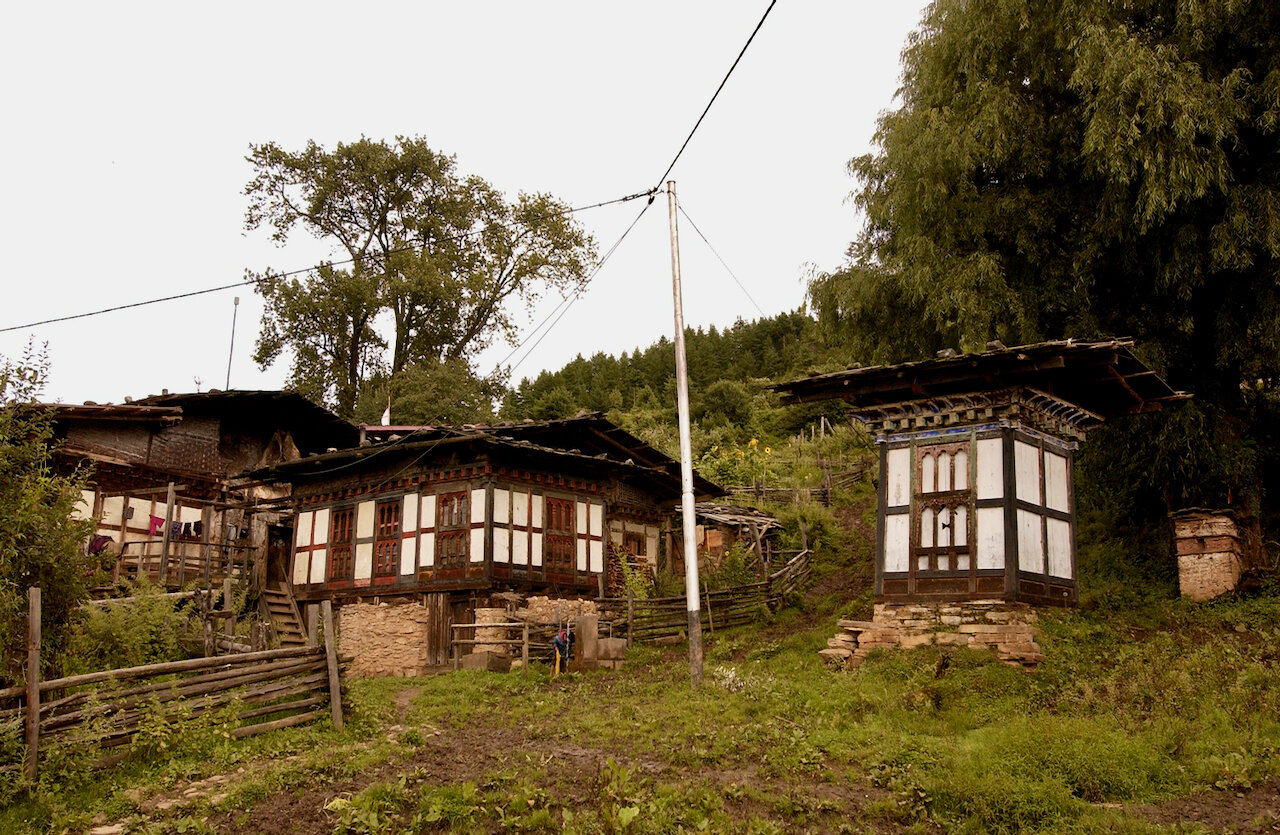









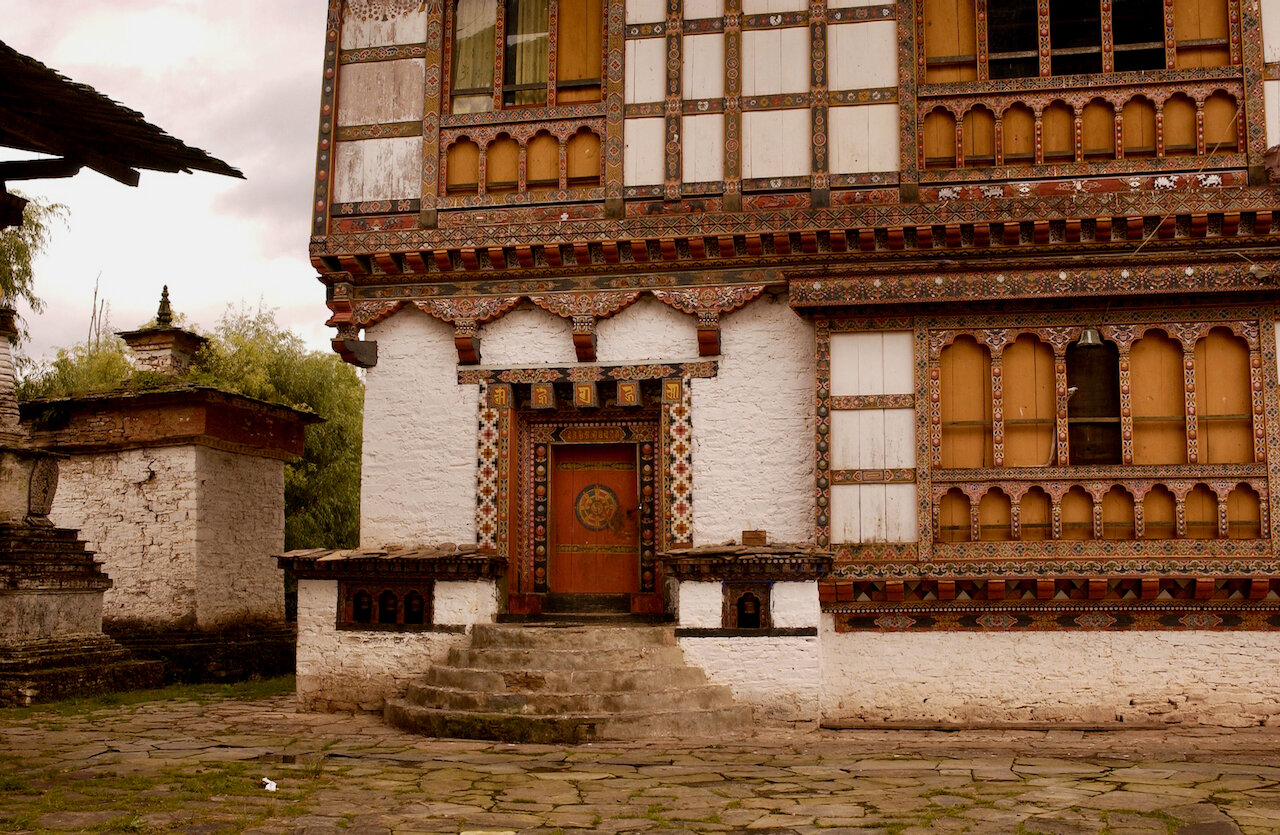







CONCEPT DESCRIPTION
Ogyen Choling Manor is comprised of a foundation to operate a Museum within a 14th century manor rebuilt after an 1898 earthquake & its community related programming, and traveller accommodations called the Heritage House established in 2016.
17 traveller accommodations are currently within three buildings which include a small dining room, kitchen and meeting room. Each are to be upgraded and enlarged, and another building constructed to a total key count of 12. Bathrooms and heating system must be thoroughly replaced and modernized.
The Harmony Project’s Living Museum will co-exist with the upgraded existing historical museum.
600 manuscripts and xylographs make up the library, fully indexed, catalogued and digitized.
HISTORY
Ogyen Choling was never so much a seat of political power as a center for religion. Throughout its history it was referred to in terms alluding to its religious nature as being a monastery or hermitage, gompa.
In fact the history of Ogyen Choling begins with the visit of the great Tibetan master of Buddhism, Longchen Rabjam (1308-63). He is the most celebrated writer and philosopher of the Nyingmapa School (Ancients) of Tibetan Buddhism. Oral tradition explains why the master chose the location for his centre. Looking up from the valley towards Ogyen Choling with the Kanyai mountain to the east, the panoramic view is that of the shape of an elephant's head. The elephant in Buddhist iconography is auspicious and it has many meanings; it is the vehicle of some Vajarayana Buddhist deities and because an elephant can live up to a hundred years it also symbolizes posterity. A few hundred meters above the village, climbing towards the crown of the elephant's head is a cave which is to this day revered as the meditation cave of Longchen Rabjam.
This place with its special physical features and blessed by the presence of Longchen Rabjam, later became a center of the Tibetan saint Dorji Lingpa (1346-1405).
The families of Ogyen Choling had the status of Lama choeju or "religious nobility". The best known historical personality of this lineage is Tsokye Dorji who was the fifteenth generation descendant of Dorji Lingpa. He was the Trongsa Penlop or "governor of Trongsa". In 1853 he handed over the post of governorship to Jigme Namgyal (1825-1881) the father of Ugyen Wangchuck (1862-1926), who in 1907 became the first hereditary monarch of Bhutan.
EXPERIENTIAL FEATURES
LIVING MUSEUM
A considerable amount of work is needed both to restore Gangtey Manor and to upgrade accommodations. The Living Museum format allows for a team of skilled carpenters and craftsmen to be assembled to work in on-site workshops to fabricate all the necessary furniture and facilities. In the video below, a team of 20 carpenters were established at an earlier Harmony Project to perform such work. The typical cordoning off of renovation areas is avoided, as the work is mostly performed by hand using indigenous methods, a process of great interest for the Sojourner.
The neighboring farms are assisted by the purchase of their produce and products. The Gangtey’s embrace of ecological methods (as exampled in the video below) can be roll modeled.
VIDEO: Carpentry studio at example Harmony Project, Tanzania - Gibb’s Farm
TREKKING
The trail head of the Gangtey Trek, one of 15 Trails of Bhutan, is located just above the Manor, part of the historic walking paths used for China, Tibetan trade. This short, relatively easy, three-day trek is doable all year round but is at its best between March and May or September and November.
VIDEO: Gangtey Trek



